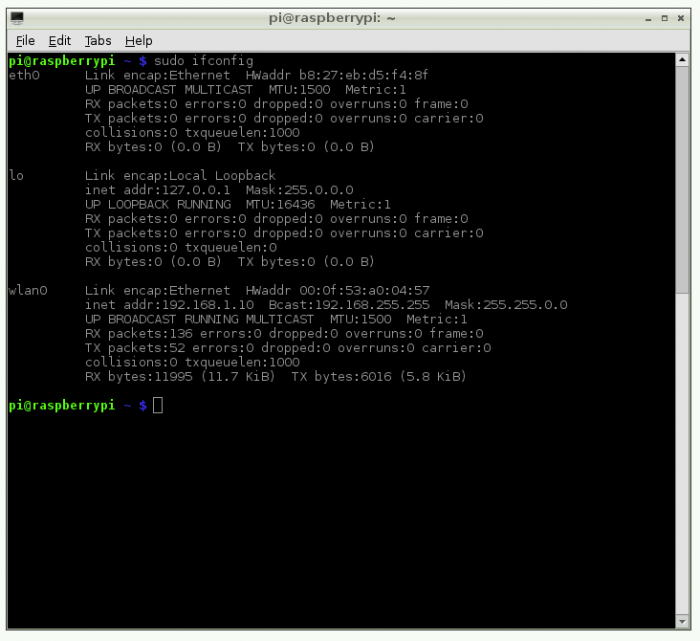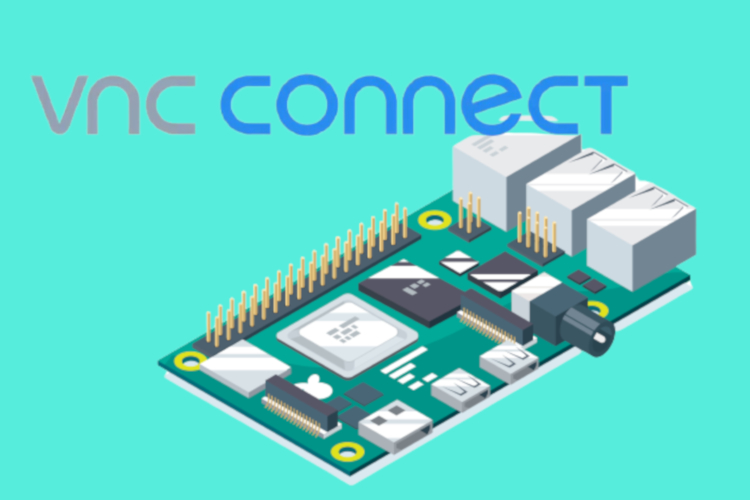Remotely Access Raspberry Pi RemoteIoT Free: A Comprehensive Guide
Accessing your Raspberry Pi remotely has never been easier, thanks to RemoteIoT Free. This powerful solution allows users to control their Raspberry Pi devices from anywhere in the world without the need for complex configurations or expensive services. Whether you're a hobbyist, developer, or professional, this guide will provide you with everything you need to know about remote access using RemoteIoT Free.
In today's interconnected world, remote access to devices is essential for productivity and convenience. With RemoteIoT Free, you can harness the full potential of your Raspberry Pi by securely accessing it from any location. This tool eliminates the need for third-party services, making it an ideal choice for those looking to maintain control over their devices while keeping costs low.
This article will walk you through the setup process, provide troubleshooting tips, and highlight the benefits of using RemoteIoT Free for your Raspberry Pi. Whether you're a beginner or an experienced user, this guide will equip you with the knowledge and tools to make the most out of your remote access experience.
Table of Contents
- Introduction to RemoteIoT Free
- Benefits of Remotely Accessing Raspberry Pi
- Setting Up RemoteIoT Free
- Ensuring Secure Remote Access
- Troubleshooting Common Issues
- Alternative Solutions
- Real-World Use Cases
- Performance Considerations
- Joining the RemoteIoT Community
- Conclusion
Introduction to RemoteIoT Free
RemoteIoT Free is a free, open-source solution designed specifically for Raspberry Pi users who want to access their devices remotely. This software eliminates the need for complex configurations, making it an ideal choice for beginners and advanced users alike. By leveraging modern networking protocols, RemoteIoT Free ensures secure and reliable connections between your Raspberry Pi and remote devices.
Key Features of RemoteIoT Free
RemoteIoT Free offers a range of features that make it a standout solution for remote Raspberry Pi access:
- Simple setup process
- Support for multiple operating systems
- End-to-end encryption for secure connections
- Customizable settings for advanced users
- Active community support
With these features, RemoteIoT Free provides a robust platform for managing your Raspberry Pi remotely, whether you're working on personal projects or professional applications.
Benefits of Remotely Accessing Raspberry Pi
Accessing your Raspberry Pi remotely offers numerous advantages, including increased flexibility, improved productivity, and enhanced security. By using RemoteIoT Free, you can:
- Access your Raspberry Pi from any location with an internet connection
- Monitor and control IoT devices connected to your Raspberry Pi
- Perform software updates and troubleshooting without physical access
- Collaborate with team members on projects in real time
These benefits make RemoteIoT Free an essential tool for anyone working with Raspberry Pi devices.
Setting Up RemoteIoT Free
Setting up RemoteIoT Free is a straightforward process that can be completed in just a few steps. Follow the instructions below to get started:
Step 1: Install RemoteIoT Free
To install RemoteIoT Free on your Raspberry Pi, open the terminal and run the following commands:
sudo apt update
sudo apt install remoteiot-free
Step 2: Configure RemoteIoT Free
Once installed, you'll need to configure RemoteIoT Free to suit your needs. Open the configuration file by running:
sudo nano /etc/remoteiot-free/config
Make any necessary changes and save the file. Refer to the official documentation for detailed configuration options.
Step 3: Test Your Connection
To ensure everything is working correctly, test your connection by accessing your Raspberry Pi from another device. Use the following command:
ssh user@your-raspberry-pi-ip
If you can successfully connect, your setup is complete!
Ensuring Secure Remote Access
Security is a critical consideration when accessing your Raspberry Pi remotely. To ensure your device remains protected, follow these best practices:
- Use strong, unique passwords for all accounts
- Enable two-factor authentication (2FA) wherever possible
- Regularly update your Raspberry Pi's operating system and software
- Limit access to trusted IP addresses
- Monitor your device for suspicious activity
By implementing these security measures, you can enjoy the convenience of remote access while maintaining the integrity of your Raspberry Pi.
Troubleshooting Common Issues
Even with the best preparation, issues can arise when setting up remote access. Below are some common problems and their solutions:
Issue 1: Unable to Connect
If you're unable to connect to your Raspberry Pi, check the following:
- Ensure your Raspberry Pi is connected to the internet
- Verify that the RemoteIoT Free service is running
- Double-check your IP address and login credentials
Issue 2: Slow Connection
A slow connection can be caused by several factors, including:
- Insufficient bandwidth
- Outdated software
- High network traffic
Address these issues by upgrading your internet plan, updating your software, and avoiding peak usage times.
Alternative Solutions
While RemoteIoT Free is an excellent choice for remote Raspberry Pi access, other solutions are available. Some popular alternatives include:
- SSH (Secure Shell): A widely used protocol for secure remote access
- TeamViewer: A commercial solution offering advanced features
- ngrok: A free tool for creating secure tunnels to local servers
Each solution has its own strengths and weaknesses, so choose the one that best fits your needs.
Real-World Use Cases
RemoteIoT Free is versatile and can be applied to a variety of use cases. Some examples include:
- Home automation systems
- Remote data collection and analysis
- Monitoring and controlling IoT devices
- Collaborative software development
These use cases demonstrate the flexibility and power of RemoteIoT Free, making it a valuable tool for a wide range of applications.
Performance Considerations
When using RemoteIoT Free, several factors can affect performance. To ensure optimal results, consider the following:
- Network speed and reliability
- Device specifications (CPU, RAM, storage)
- Number of simultaneous connections
By addressing these factors, you can maximize the performance of your RemoteIoT Free setup.
Joining the RemoteIoT Community
The RemoteIoT community is a vibrant and supportive group of users who share knowledge, tips, and tricks. Joining this community can help you:
- Stay up to date with the latest developments
- Get assistance with troubleshooting and setup
- Collaborate on projects with other users
Visit the official RemoteIoT website or join the community forum to connect with fellow users.
Conclusion
Remotely accessing your Raspberry Pi using RemoteIoT Free is a powerful and convenient solution for managing your devices from anywhere in the world. By following the steps outlined in this guide, you can set up secure and reliable remote access while taking advantage of the many benefits this tool offers.
We encourage you to share your experience with RemoteIoT Free in the comments section below. Additionally, explore other articles on our site for more tips and tricks to enhance your Raspberry Pi experience. Together, let's unlock the full potential of remote access technology!
Data Sources:
- RemoteIoT Official Documentation
- Raspberry Pi Foundation
- Linux Journal

